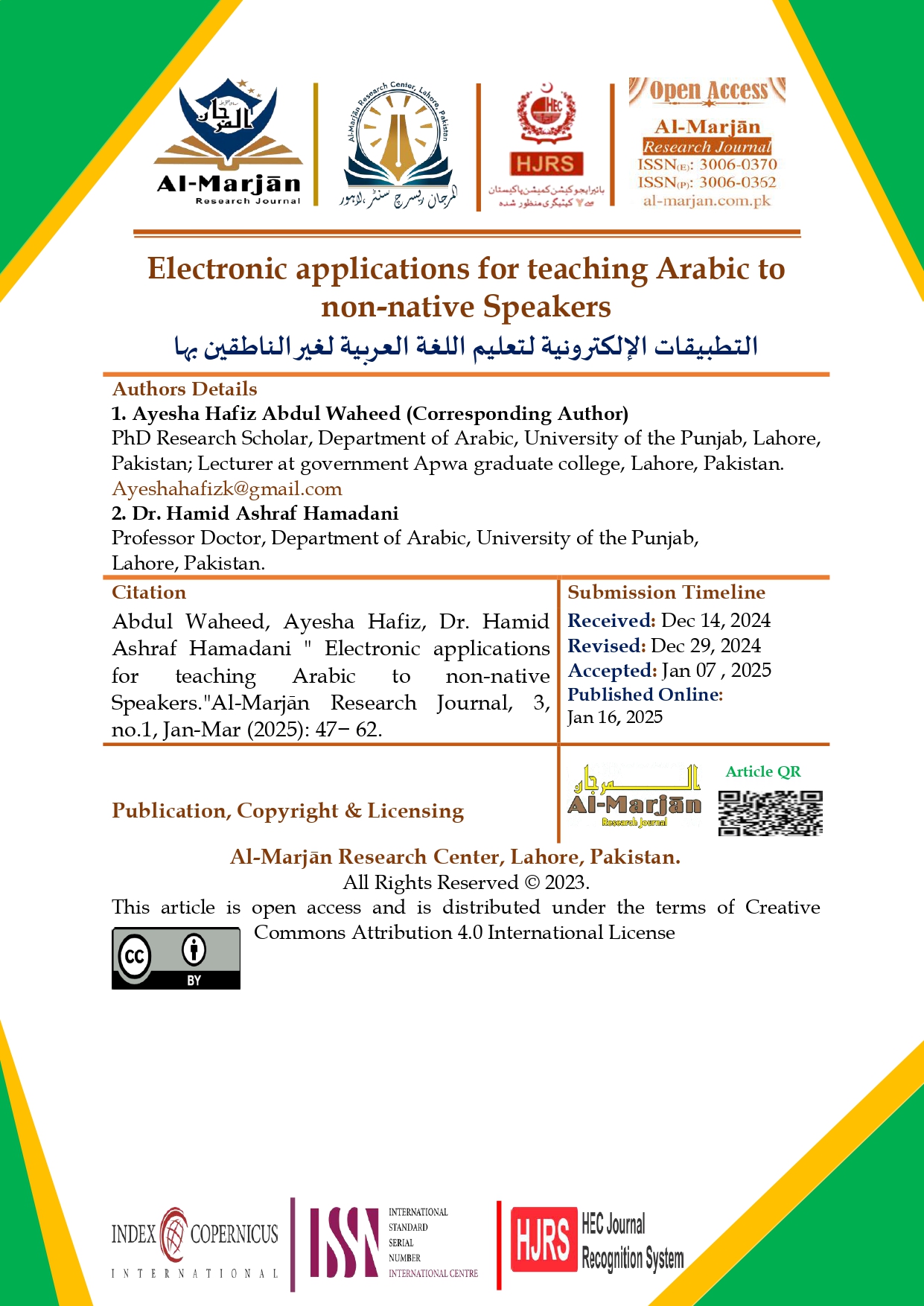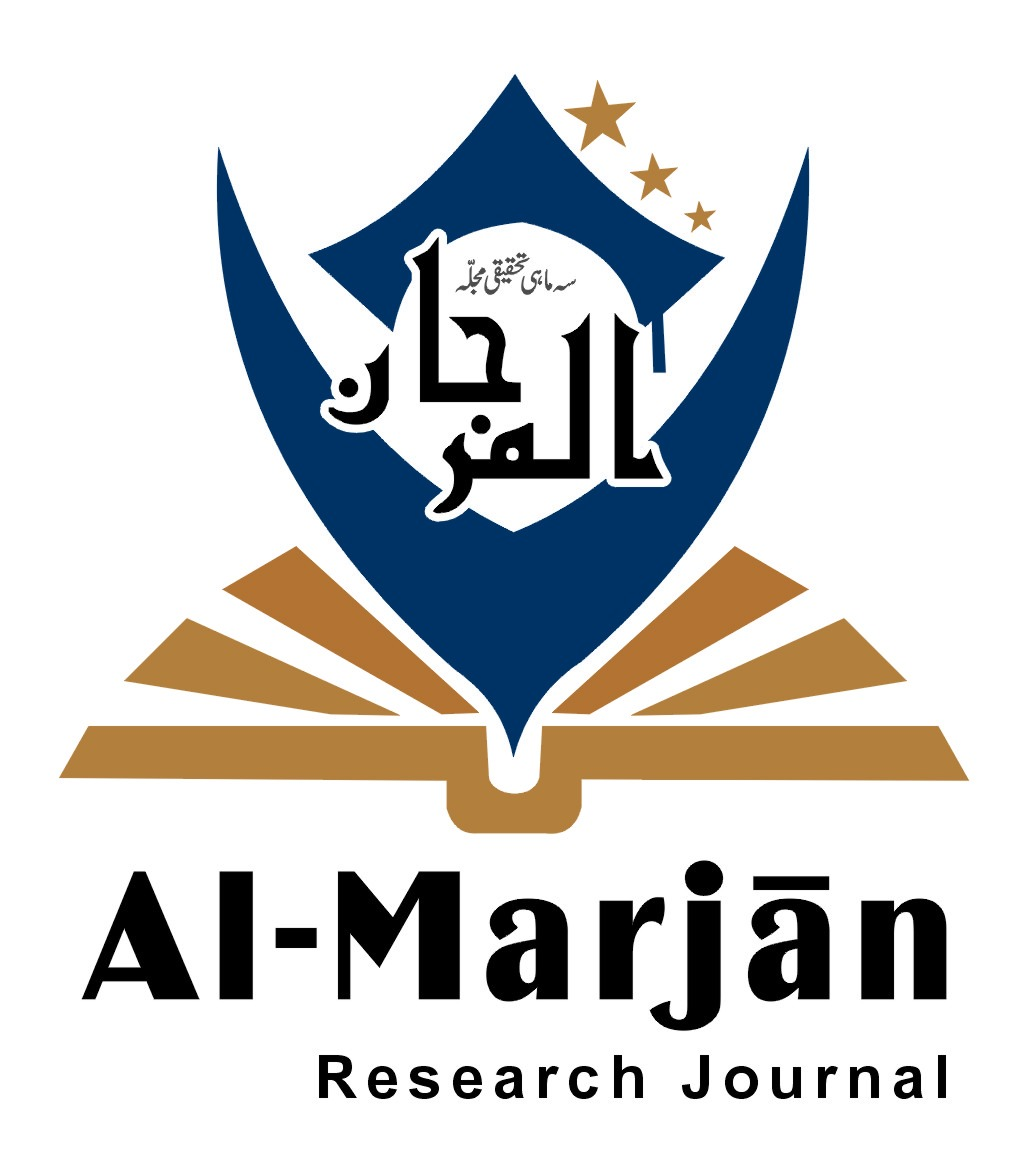Electronic applications for teaching Arabic to non-native Speakers
التطبيقات الإلكترونية لتعليم اللغة العربية لغير الناطقين بها
DOI:
https://doi.org/10.1234/1sbf1b17Keywords:
Arabic language, language learning applications, non-native speakers, digital education, Arabic teaching methodsAbstract
This research explores the significance of the Arabic language and its growing global importance. Arabic is not only one of the most widely spoken languages but also carries a rich cultural and religious heritage, being the language of the Holy Quran. In today’s interconnected world, communication and cultural exchange have become essential for education, work, and social interaction. Non-native speakers of Arabic increasingly seek to learn the language, recognizing its value in religious, academic, and professional contexts. As a result, modern technological advancements have given rise to electronic applications specifically designed to facilitate Arabic language learning for non-native speakers. These applications offer innovative solutions, integrating interactive tools to enhance vocabulary acquisition, grammar comprehension, pronunciation, and overall linguistic proficiency. This study aims to analyze and evaluate the most prominent electronic applications that support Arabic learning, exploring their methodologies, effectiveness, and impact on language acquisition. By examining the latest digital trends in Arabic language education, the research sheds light on how technology has transformed traditional language learning methods, making Arabic more accessible to a global audience. The findings contribute to a deeper understanding of the role of electronic applications in overcoming linguistic barriers and promoting Arabic as a second language.






































